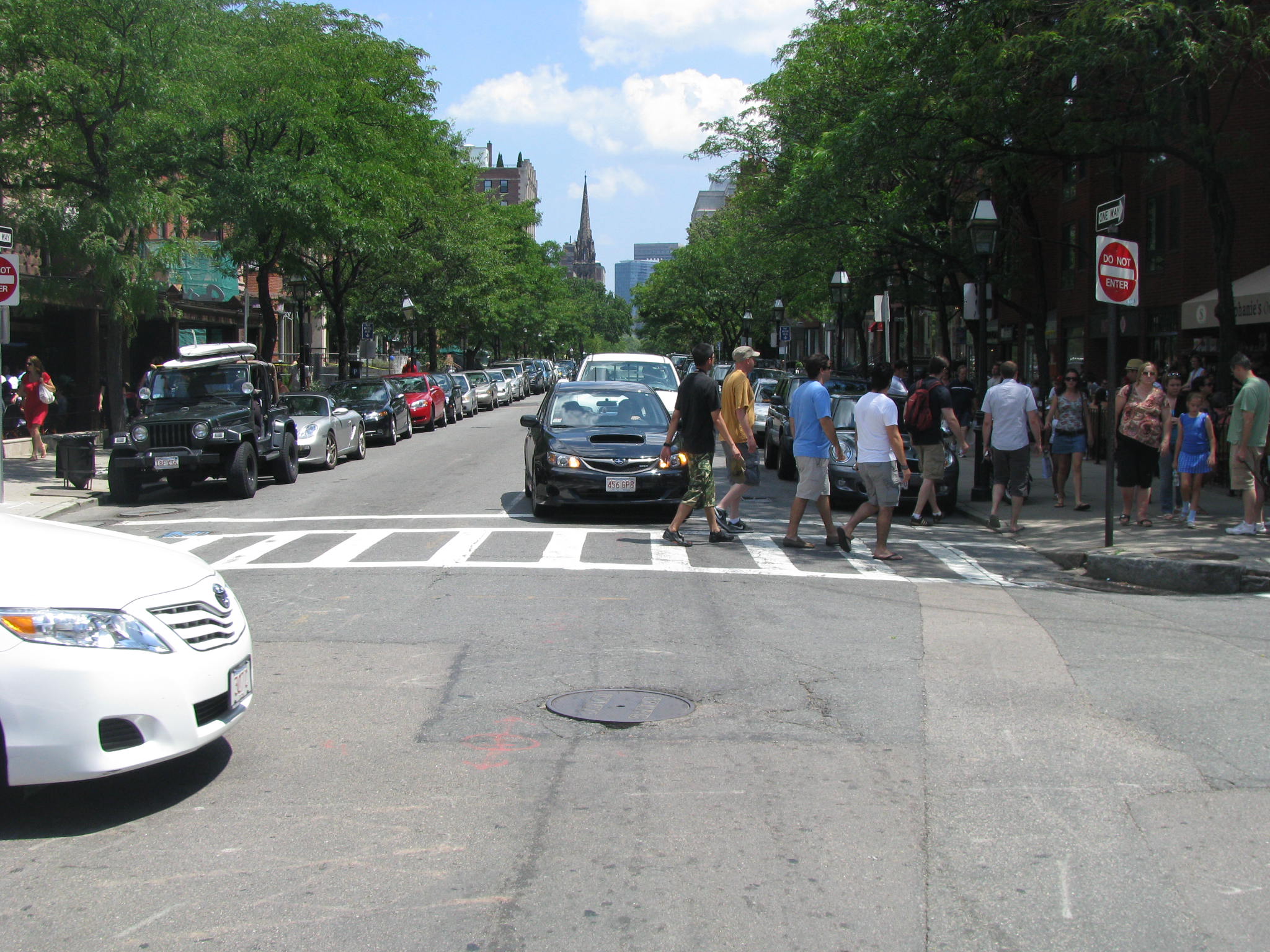 All across the country, state legislatures are raising speed limits on roadways. I think the highest I’ve read about is a tollway in Texas, which is taking on the Autobahn with an 85 mph limit. Highways are getting faster it seems. New York City, however, has been pushing for the authority to lower speed limits on its streets. And in June, the New York State legislature passed a bill to let NYC lower its default limit to 25mph (from the default of 30 mph). Lowering default speed limits on its 6000 miles of roads is part of Mayor Bill de Blasio’s Vision Zero plan to eliminate traffic fatalities by 2024.
All across the country, state legislatures are raising speed limits on roadways. I think the highest I’ve read about is a tollway in Texas, which is taking on the Autobahn with an 85 mph limit. Highways are getting faster it seems. New York City, however, has been pushing for the authority to lower speed limits on its streets. And in June, the New York State legislature passed a bill to let NYC lower its default limit to 25mph (from the default of 30 mph). Lowering default speed limits on its 6000 miles of roads is part of Mayor Bill de Blasio’s Vision Zero plan to eliminate traffic fatalities by 2024.
Implementing, educating and enforcing the new speed limits will be a huge challenge. The 12,700 intersection traffic signals will need to be re-timed, for example. And the general public and the drivers of the estimated 14,000 taxi cabs will need to be informed. Then, of course, enforcement is key. And NYC is taking that task seriously, as well. Albany approved the city to use over a 100 new speed enforcement cameras in school zones, for example (we know how people love traffic cameras). NYPD has been cracking down on speeders, issuing 65% more tickets than last year in neighborhoods and side streets.
Mayor de Blasio believes it is worth the initial obstacles and will, along with the other safer streets initiatives, make his city streets safer. Many drivers aren’t happy about the change, saying it will make their commutes longer and ask “How much difference can 5 mph really make?”
According to Sherif Soliman, NYC’s director of state legislative affairs, a lot. A pedestrian hit by a vehicle going 30 mph has a 20% chance of being killed. How about 25 mph? A 10% chance. Slower speeds also give drivers more stopping distance, which could prevent accidents from occurring in the first place.
New York isn’t alone in its plight to make streets safer for all who traverse them by lowering speed limits. San Francisco is considering lowering its default to 20mph. Baton Rouge, LA lowered its default from 30 to 25 for its 1500 residential streets in May. Portland, OR lowered its default to 20 mph for its neighborhood streets. Even little Onida, SD (population less than 800) decreased its default to 20 mph.
Lowering speed limits in neighborhood streets (when enforced) has been shown to offer other benefits beyond reduced traffic fatalities — increased home values, healthier citizens, more vibrant neighborhoods and better air quality to name a few. I want to dive into each one of those in a later post, because I think they are worth fleshing out. And because of those benefits to neighborhoods, that whole argument from drivers who don’t live in a city and complain that traffic calming initiatives will make them not come into the city becomes a non-issue. Fine. Go somewhere else.
Can lower speed limits make streets safer? And will more cities and towns across the country join NYC in determining what is best for their own streets by lowering default limits? Would your neighborhood street be better if people drove a wee bit slower along it?






No Comment